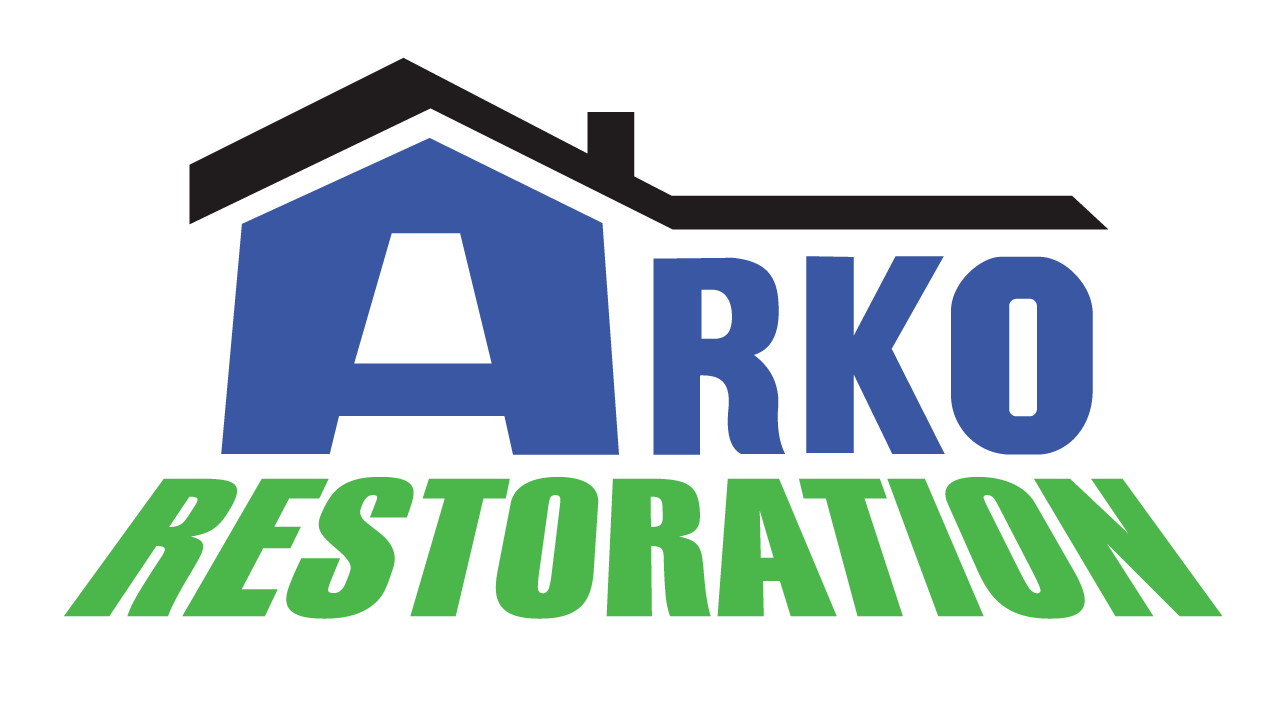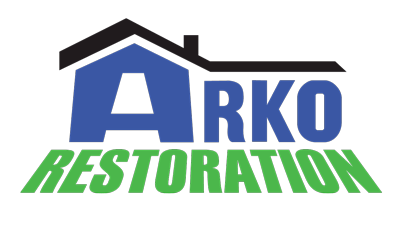Restore Your Home After a Water Disaster
Water damage can be devastating for homeowners. If left untreated, water can cause mold to grow in your home which will lead to costly repairs and a less than ideal living environment. It is important that you act quickly so that the mold doesn’t have time to take over any part of your home! The following article provides helpful tips on how you can restore your house after a water disaster strikes.
The first thing you should do after a water disaster is to shut off the main water supply. It’s best if it can be done at the meter, but sometimes that isn’t possible, in which case you’ll need to find and turn off each individual fixture or appliance such as sinks and toilets. Don’t forget appliances like washing machines and dishwashers! Once all of your fixtures are turned off, then open up any windows for ventilation. You don’t want to breathe in mold spores while assessing damage until they have been cleaned out by an expert restoration professional just once exposed to air again! In conclusion, you should hire a restoration professional and a plumber to return the water supply and repair any damage. See here for information about Why Restore Water Damage.
Common Causes of Water Damage
Water disasters come in many forms. The following are frequent causes of water damage in Twin Cities area homes:
- Torrential Rainstorms – Heavy rainfall can overwhelm gutters and drainage systems, resulting in water flooding homes.
- Ice Dams – During winter, ice dam formation along rooflines can prevent proper drainage by gutters and downspouts, causing basements to flood.
- Clogged Gutters – When too much debris like fallen leaves and needles accumulates in gutters, drainage will be impaired, which may allow rainwater or snowmelt to flood the home.
- Leaking Appliances – Appliances that use water, like dishwashers and washing machines, may spring a leak that results in damage while the machine is running.
- Burst Pipes – Sub-zero temperatures during winters in the Twin Cities may cause pipes to freeze and rupture, resulting in water damage.
- Sump Pump Failure – Sump pumps are supposed to drain excess water before it floods your basement so if they stop working, flooding can easily occur.
- Sewer Backups – Excessive rainfall during a short period or blockage by debris may cause sewers to overflow and flood nearby homes.
- Neglected Faucets – In some cases, water damage happens because a homeowner forgets to shut off running water in a sink or bathtub, allowing it to overflow.
7-Step Water Damage Restoration Process
- Shut off all utilities. To keep more water from flooding your Twin Cities home, shut off the main water supply. You’ll also need to shut off electricity and gas lines, since these may have been compromised during the flood. This is crucial for safety because electricity and gas in the water creates electrocution and fire hazards.
- Contact your insurance provider. Inform your insurance company of the water damage incident and arrange for an adjuster to visit your property to assess the damage. To aid the subsequent insurance claims process, photograph and video the flooding and whatever damage it has caused. Document any structures or belongings that seem to have taken damage.
- Hire a water damage restoration contractor in the Twin Cities. Trying to remove floodwater from your home, dry it out, and repair the damage is too big of a job to handle alone. Water damage restoration specialists have the knowledge and equipment needed to complete this process safely and efficiently. Bringing in these professionals promptly will allow you to recover as much as possible after a flood in your home.
- Prevent mold from growing. Mold is one of the biggest lingering hazards in the aftermath of water damage. Properly drying out your home as quickly as possible will reduce the risk of mold growth. Your Twin Cities water damage restoration company can aid in this process by using fans, dehumidifiers, and proper ventilation to air out the area that was flooded.
- Repair electrical and plumbing systems as needed. Depending on the cause and severity of water damage, the electricity and plumbing infrastructure of your home may have been compromised or it may not have been. If necessary, hire an electrician and/or a plumber to inspect for damage and perform any necessary repairs.
- Replace water damaged materials. Unfortunately, when your Twin Cities home suffers a flood, water damage to certain materials can be irreparable. Flooring, drywall, and insulation are often compromised during a flood, leaving them weakened and vulnerable to the growth of mold and mildew. Have the water damage to these areas assessed by a contractor and, if necessary, have them replaced to prevent future issues.
- Mitigate the risk of future water damage. There is no such thing as a home that is completely invulnerable to floods and the damage they cause, but you can take measures to minimize the risk. Keep your gutters and downspouts clean to prevent flooding from torrential rainstorms or melting roof snow. Inspect your home’s roof and foundation for cracks that can be sealed to prevent water infiltration. Additionally, consider waterproofing structures and appliances inside your home to better protect them in the event of a flood.
Experienced Water Damage Restoration Team in the Twin Cities
When you experience a water disaster in your home, your best source of recourse is a local water damage restoration contractor. Connect with Arko Restoration today if you’d like us to provide efficient water damage restoration services in the Twin Cities metro area!

